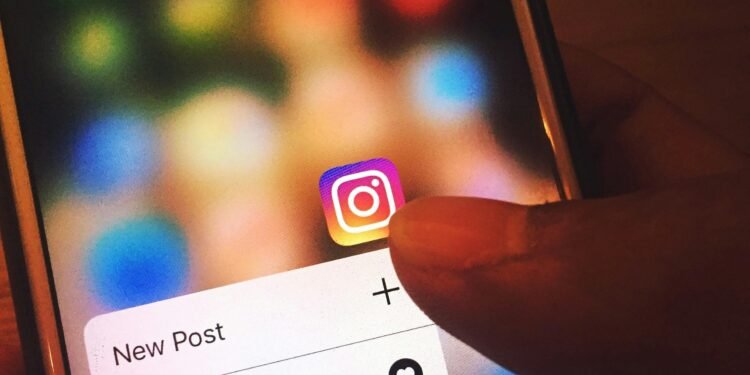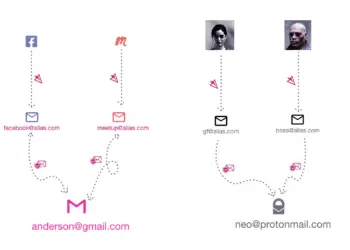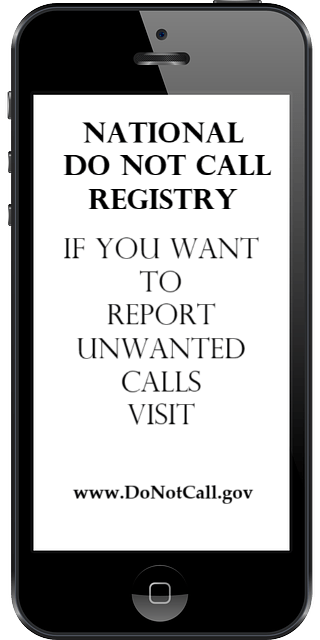How Social Media Can Turn You Into an Insider Threat
Social media is embedded in our daily routines—personally and professionally. It’s how we connect, promote our work, and stay informed. But despite its benefits, social media also opens the door to serious security risks. One careless post can lead to leaked sensitive data, targeted cyberattacks, or even turn you into an unintentional insider threat.
Sharing Information on Social Media Can Be Tricky
Social media is embedded in our daily routines—personally and professionally. It’s how we connect, promote our work, and stay informed. But despite its benefits, social media also opens the door to serious security risks. One careless post can lead to leaked sensitive data, targeted cyberattacks, or even turn you into an unintentional insider threat.
Sharing Information on Social Media Can Be Tricky
There’s no guaranteed way to keep the information you share on social media from falling into the wrong hands. What may seem like harmless content—a vacation photo, a professional milestone, or a help request on a tech forum—can quickly become a security risk when exploited by threat actors.
Here are the top risks to watch for when using social media—and how to avoid them:
1. Account Security Questions
Security questions are often based on personal details—mother’s maiden name, childhood pet, favorite teacher—that many users openly share online. This makes it incredibly easy for attackers to bypass login security.
How to Stay Safe:
Turn on Multi-Factor Authentication (MFA): This adds a second layer of security beyond passwords and questions.
Use Fake Info for Security Questions: Memorize or store fictional answers using a password manager.
Customize Your Security Questions: When possible, choose unique questions instead of common ones.
2. Location Information
Geotags, check-ins, and location-tagged photos can expose your workplace, your home, or your real-time movements. That’s valuable information for anyone trying to target you or your organization.
How to Stay Safe:
Check App Settings: Disable automatic check-ins or location tracking on social apps.
Post After You Return: Share vacation or business trip photos only after you’re safely back.
Limit Office Photos: Even if your office location is public, pictures can reveal badge layouts, equipment, and floor plans.
3. Online Support Forums
Seeking tech help online seems harmless—but even a simple question can contain sensitive information like internal IP addresses, product versions, or specific tools in use.
How to Stay Safe:
Avoid Sharing Internal Details: Don’t post anything about internal systems, software, or configurations unless it’s already public.
Check with IT First: If you’re unsure whether it’s safe to share, get the green light from your IT or security team.
4. Project and Workplace Information
Excited to share your latest work win? That enthusiasm can backfire if you reveal too much about internal processes, clients, or proprietary tools.
How to Stay Safe:
Share Only Public Info: Stick to content that’s been cleared for public release—such as published blog posts, official press releases, or public-facing videos.
Avoid In-Progress Updates: Never share in-development work unless it’s been explicitly approved for public view.
Being active on social media doesn’t mean you have to compromise security. With just a bit of extra caution, you can enjoy the benefits of online sharing without becoming an insider threat.
Security starts with awareness. So the next time you post—pause and think: Could this be used against me or my organization?
We at SecureCyberNetwork are dedicated to providing you with the latest updates, tips, and expert advice to keep you safe in the digital world.
Your commitment to staying informed is about your safety, the safety of your loved ones, and the safety of our community.
Your involvement is powerful.









